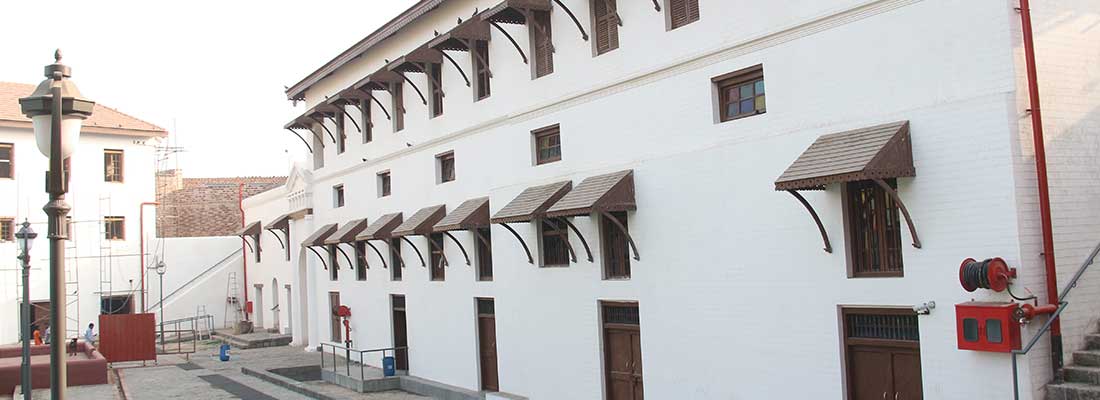
About Surat Fort
History of Surat Fort
Though in context of the identity of Surat in medieval times many views have been expressed by different historians, in all the historical narratives Surat has emerged as one of the major ports of international importance on the map of the world trade. A Portuguese traveller named Barbosa during his visit to Gujarat in 1514 has described Surat as a city of great trade in all classes of merchandise, a very important seaport yielding a large revenue to the king, and frequented by many ships from Malabar and many other ports.

Shortly before Barbosa was in Gujarat, Surat is said to have been burnt by the Portuguese in 1512. Surat reportedly suffered from a wholly unprovoked, and piratical raid, in 1530, a second time by the Portuguese under the leadership of Antonio da Silvaria. Though the assailants were opposed by a guard of 300 horses and 10000 foot soldiers, but at the first charge the defenders fled, and the town was taken and burnt. As they were still at the war with the Gujarat King, the Portuguese again burnt Surat in the next year, 1531. The Ahmedabad king Sultan Mahmud Shah III (1538-1554), who was very much annoyed by these frequent destruction of Surat, ordered for building a very strong castle and entrusted the work to Safi Agha, a Turkish soldier who had been ennobled with the title of Khudawand Khan. He was provided with substantial budget and was ordered to plan and build a very strong castle. Khudawand Khan initially selected three alternative sites for building the castle. The main aim of the construction of the Fort was to fortify the defence against the Portuguese. The Fort was built on an irregular square in plan and of Portuguese in style.
The height of the Fort wall was 20 Gaj (Yard) and 15 meters wide at each corner there is a large round bastion having 12. 2 meter height and the thickness of the wall was 4.1 meter.
In order to counteract the attack of the Portuguese, Khudavand made adequate defence arrangements by installing the cannons. Since the king wanted to build a very strong Castle, the component units of the masonry were bonded or fastened together with iron strips and the joints were filled by pouring the melted lead.
Although during the Restoration of the Fort, during the research and by excavation and explorations it is found that long ago by the Tughalaq dynasty (c. 1351-1388 A.D.) a Fort was built on the bank of river Tapi in Surat, which was relatively smaller than the present Fort. The Fort was subsequently altered, modified and extended as per the needs of the occupier i.e. mainly during the possession of Sultanate period, Mughals, British period and after the independence by various Government offices.
In the year 2015, the Government of Gujarat has given the responsibilities of conservation and restoration of historical Fort of Surat to Surat Municipal Corporation. Surat Municipal Corporation has carefully examined and appointed various able agencies to carry out conservation and restoration work of the Fort.